World's Largest Cypress Forest: world record in Caddo Parish, Louisiana

Caddo Parish, Louisiana< United States--Caddo Lake is a 25,400-acre (10,300 ha) lake and bayou (wetland) on the border between Texas and Louisiana, in northern Harrison County and southern Marion County in Texas and western Caddo Parish in Louisiana; the Caddo Lake watershed is a maze of slow-moving bayous, wetlands and backwaters; it sets the world record for being the
World's Largest Cypress Forest, according to the WORLD RECORD ACADEMY.
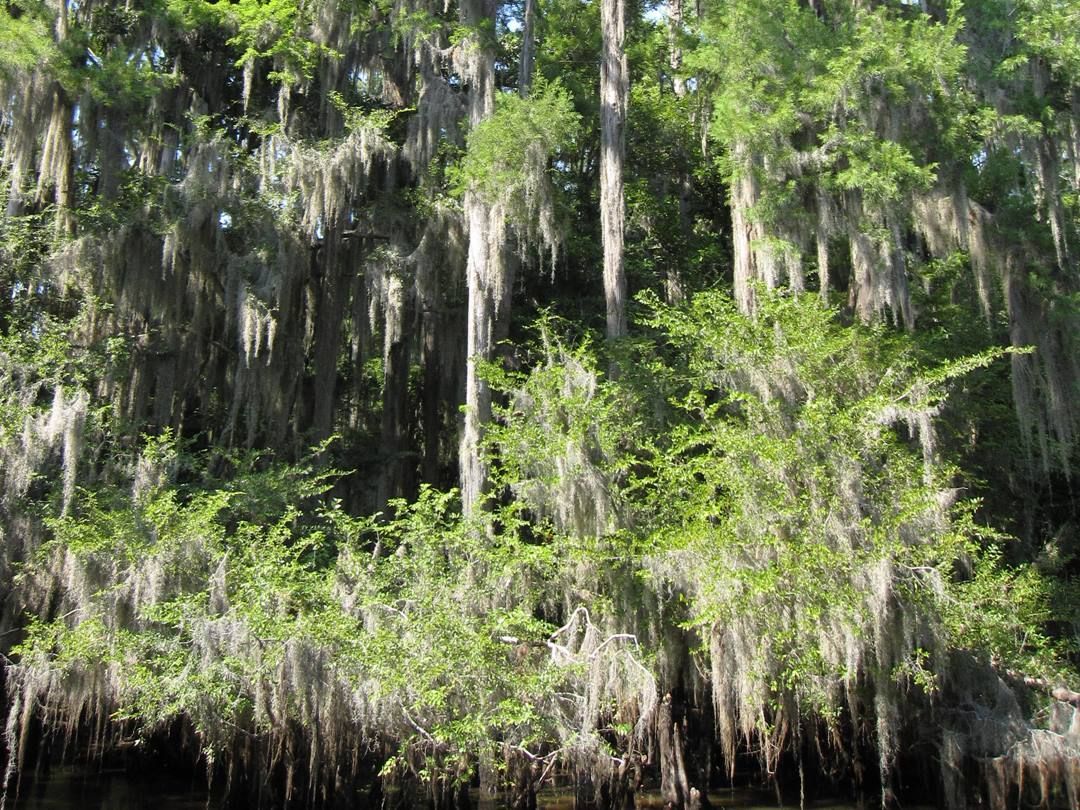
"Caddo Lake (French: Lac Caddo) is a 25,400-acre (10,300 ha) lake and bayou (wetland) on the border between Texas and Louisiana, in northern Harrison County and southern Marion County in Texas and western Caddo Parish in Louisiana. The lake is named after the Caddoans or Caddo, Native Americans who lived in the area until their expulsion by the United States in the 19th century. The US forced most of them to move west to Indian Territory.
"The lake and bayou comprise an internationally protected wetland under the Ramsar Convention and includes one of the largest flooded cypress forests in the United States. Caddo is one of Texas's few non-oxbow natural lakes. It is the second-largest lake in the South; however, it was artificially altered by the addition of a dam in the 1900s.
"As of 2003, Caddo Lake flora and fauna consisted of 189 species of trees and shrubs, 75 grasses, 42 woody vines, 216 kinds of birds, 90 fish and reptiles, and 47 mammals. The Crataegus opaca, known as the mayhaw, produces fruit that people use to make jelly. Forty-four of Caddo's native species were either endangered, threatened or rare." (Wikipedia)
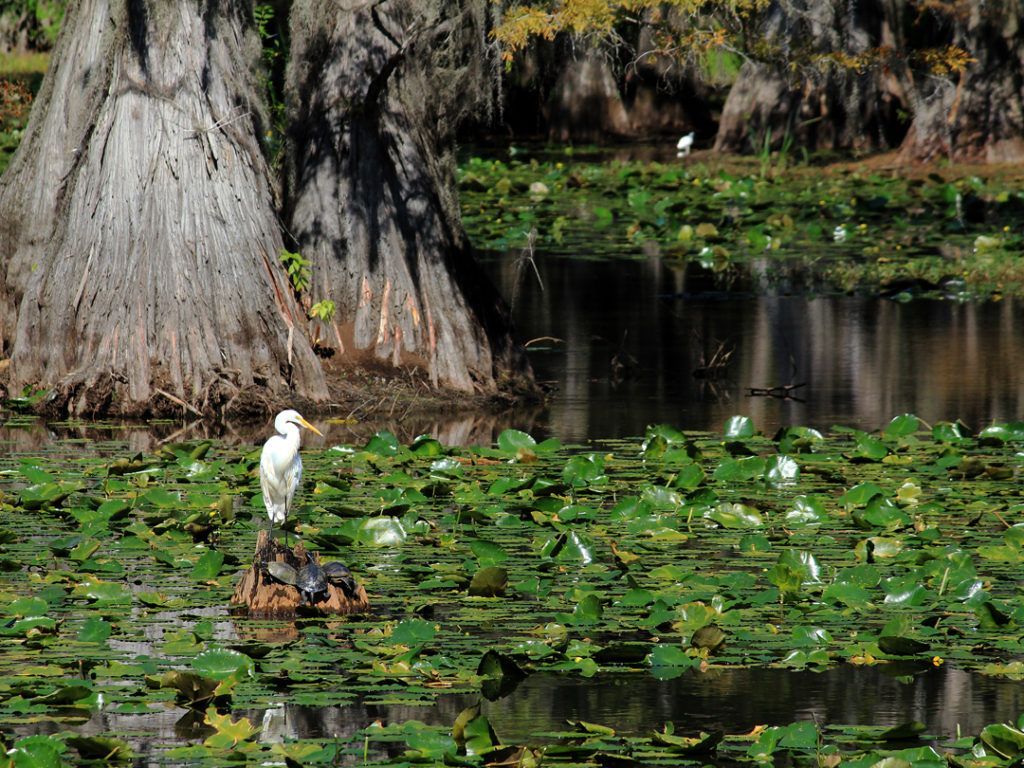
"Caddo Lake is the only natural lake in Texas. It is located in Texas and Louisiana. Caddo Lake covers 25,400 and up to 33,000 acres with depth ranging from eight to 20 feet. Caddo Lake looks and feels completely different from man-made lakes with dark murky sloughs, soft shallow shorelines, fluctuating shoreline zones, permanently flooded bald cypress forests, and seasonally flooded bottomland floodplain forests. It also has deeper open water with abundant underwater debris," the
lakecaddo.com says.
"The four watersheds of Little Cypress Bayou, Big Cypress Bayou, Black Cypress Bayou, and Jeems Bayou feed Caddo Lake. It is located in Harrison and Marion Counties, Texas, and Caddo Parish, Louisiana. The towns of Caddo, Oil City, and Mooringsport, Louisiana, and Karnack and Uncertain, Texas, are the closest towns to the uniquely and sparsely inhabited Caddo Lake. In Louisiana, you access Caddo Lake on the east by I49 and LA 1, and in Texas, on the west via SH 43. From the north, access Caddo Lake from LA 2 in Louisiana, and SH 2 in Texas.
"The Ramsar Convention is an intergovernmental treaty with more than 150 member nations along with Bird Life International, World Wildlife Fund, the International Water Management Institute, Wetlands International, and the World Conservation Union. The Ramsar Convention designated the Caddo Lake National Wildlife Refuge as “A Wetland of International Importance, Especially as Waterfowl Habitat”. This designation provides Caddo Lake with conservation efforts as a wetland habitat with international cooperation and puts it into an international arena. There are 24 other Ramsar Convention designated sites in the U.S., but Caddo Lake is the only one in Texas."
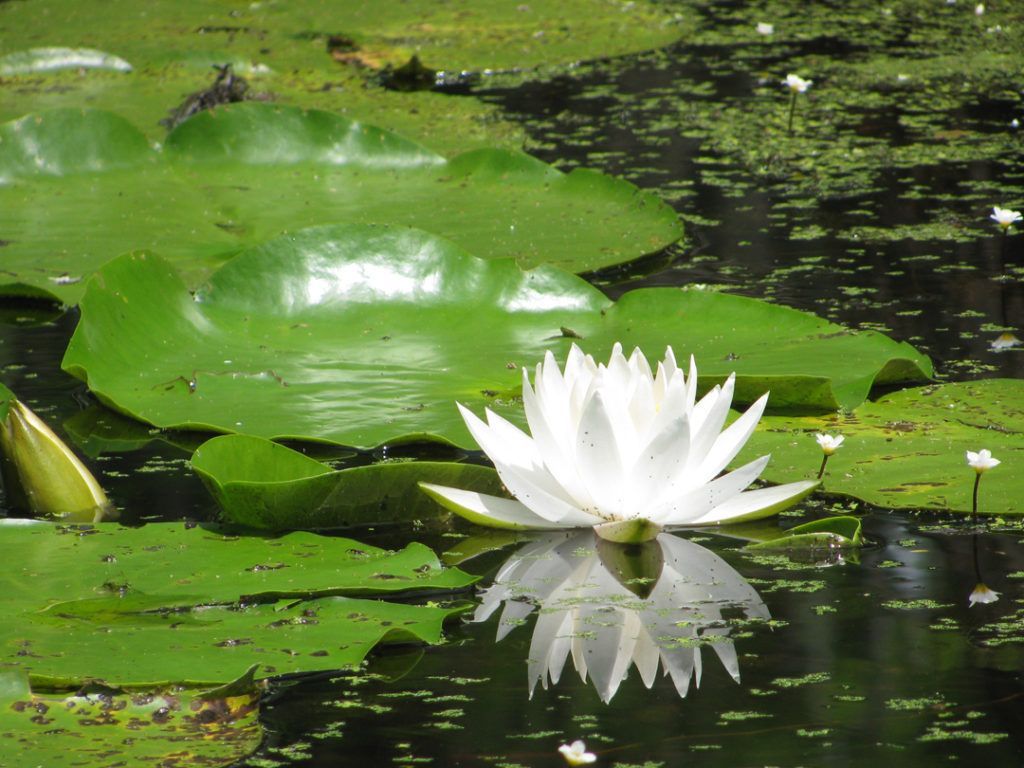
"Caddo Lake is a 25,400 acre lake and wetland located on the border between Texas and Louisiana. It is an internationally protected wetland under the RAMSAR treaty and is the largest natural fresh water lake in the South. It has the largest Cypress forest in the world. The current dam was constructed as a modification to provide for navigation, water supply, recreation, commercial fishing, preservation of existing land values and flood control. Caddo Lake Dam was completed and began impounding water in June 1971," the
US Army Corps of Engineers / Vicksburg District Website.
"The Recreation opportunities for visitors at Caddo Lake are numerous thanks to the many privately owned recreational businesses such as restaurants, site seeing tours, and marinas. Additionally several Louisiana parishes operate parks on the lake as well as the State of Texas. The Corps of Engineers operates a day use recreation area located just below Caddo Lake Dam near the outlet channel.
"Caddo was first seen by Native Americans in the 8th century, and was named after the Southeastern culture of Native Americans called Caddo or Caddoans, who lived in the area from the 16th century until their expulsion in the 19th century. It used to be Texas’s only natural lake with a natural dam. According to Caddo legend, the lake was formed by the 1811 New Madrid Earthquake; however, most geologists feel that Caddo Lake was formed gradually rather than catastrophically by the “Great Raft” a 100 mile log jam on the Red River."
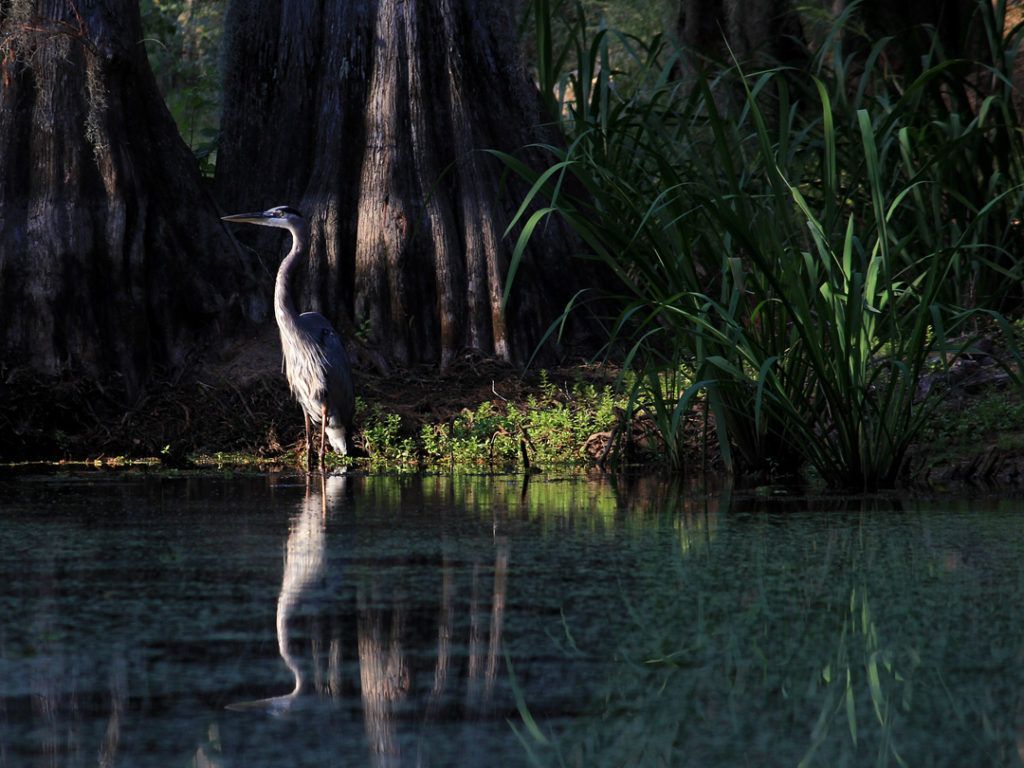
"Caddo Lake is a 25,400 acres lake and wetland located on the border between Texas and Louisiana, in northern Harrison County and southern Marion County in Texas and western Caddo Parish in Louisiana. The lake is named after the Southeastern culture of Native Americans called Caddoans or Caddo, who lived in the area until their expulsion in the 19th century. It is an internationally protected wetland under the RAMSAR treaty and features the largest Cypress forest in the world. Caddo is one of Texas' few non-oxbow natural lakes and is the 2nd largest in the South; however, it was artificially altered by the addition of a dam in the 1900s," the Lakes Online says.
"In 1993 Caddo Lake preservation entered a renaissance, with the announcement that 7,000 acres of Caddo purchased by the Nature Conservancy were to be merged with the 483 acre Texas Caddo Lake State Park to be become the Caddo Lake State Park and Wildlife Management Area. As a result of efforts by the Caddo Lake Institute, in October 1993 Caddo Lake became one of thirteen areas in the United States protected by the Ramsar Convention.
"As of 2003 Caddo Lake flora and fauna consisted of: 189 species of trees and shrubs, 75 grasses, 42 woody vines, 216 kinds of birds, 90 fish and reptiles, and 47 mammals. One of these species, Crataegus opaca or mayhaw fruit, is collected from the water to make a jelly that is considered one of the finest in the world. Forty-four of Caddo's native species were either endangered, threatened or rare. From 2001 until 2003 Caddo Lake residents fought a legal battle with the City of Marshall, Texas over water rights."
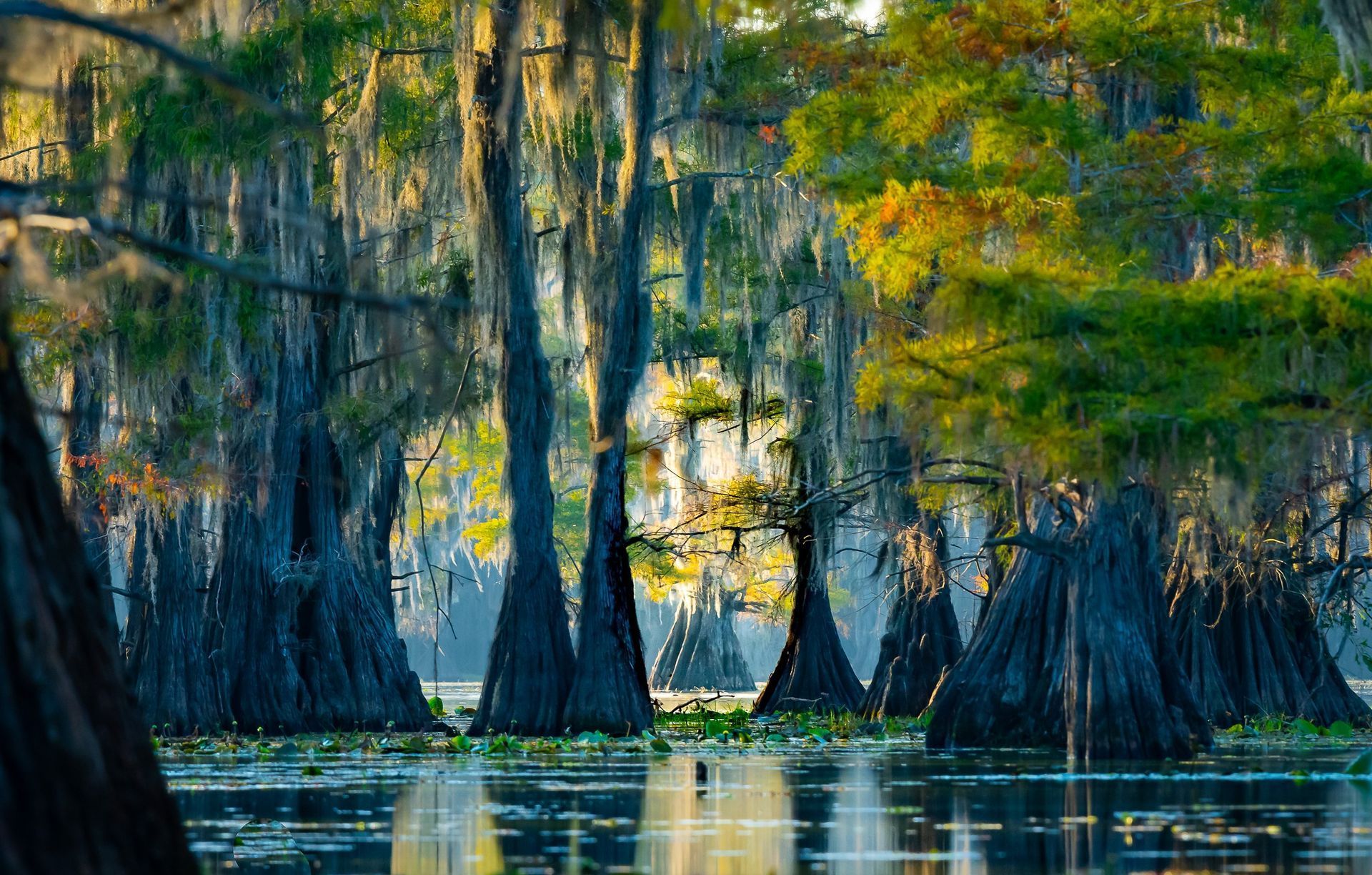
"The first primary inhabitants around Caddo Lake were the Caddo Indians. The Caddo Nation is a confederacy of several Native American tribes who historically inhabited much of what is now East Texas, Louisiana, Arkansas, and Oklahoma. The Caddo Nation is thought to have lived in this area of the south as early as 200 BC and by the year 800 had begun to coalesce into the Caddoan Mississippian culture," the Caddo Lake Institute says.
"Their villages were noted in 1540 when Spanish explorer Desoto surveyed for Spain. The Caddo Indians are noted for their Cypress tree canoes, mound culture, grass houses, bois d’arc bow and arrows, and pottery. They were very much diplomats and due to their political influence and peaceful nature, they became allies with both the Spanish and French explorers.
"In 1835, the Caddo nation signed a treaty with the U.S. government and we relocated to Binger, Oklahoma. Today, the Caddo Nation of Oklahoma is a federally recognized tribe with its capital at Binger and there are nearly 5,000 enrolled members of the nation."
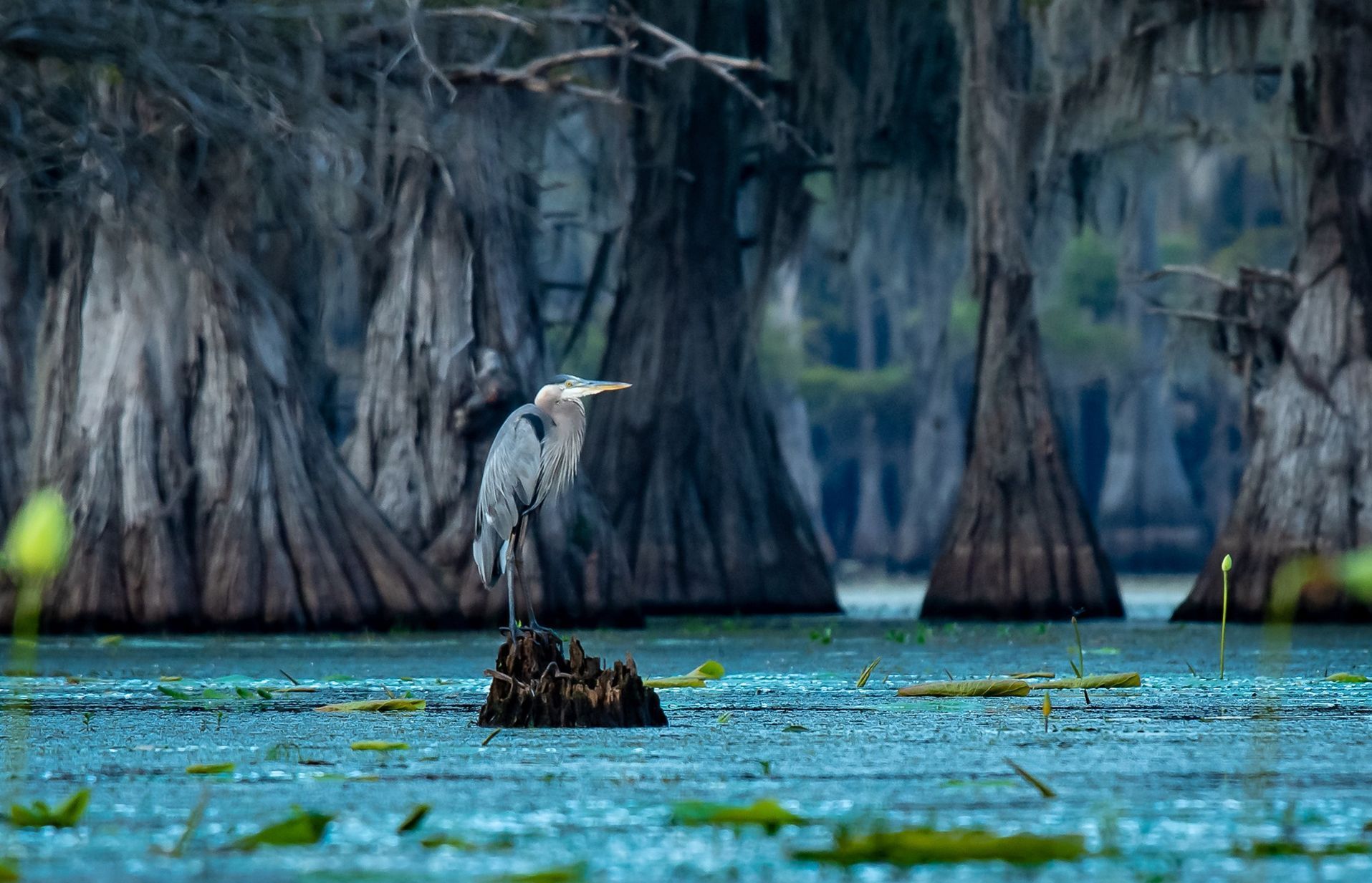
"Caddo Lake State Park rests on the banks of the Big Cypress Bayou, about four miles upstream from Caddo Lake. The Caddo Lake watershed is a maze of slow-moving bayous, wetlands and backwaters covering nearly 27,000 acres of cypress swamp. The lake’s average depth is 8 to 10 feet, while the Big Cypress Bayou averages 20 feet deep," the Texas Parks and Wildlife says.
"Three major habitat types (bottomlands, mesic and uplands) within the park support a diversity of wildlife including American alligators and paddlefish. Caddo Lake’s watershed holds the greatest variety of native aquatic wildlife in Texas. The park is also within the Central Flyway, a migratory path for many species of birds.
"Long, curly tendrils of Spanish moss swaying from tree branches give the wetlands a magical, mysterious appearance. Historic tribes used the moss to make clothing, huts and bedding. The moss’ name may have come from French explorers who thought it resembled the long beards of Spanish conquistadors."
Photos: World's Largest Cypress Forest: world record in Caddo Parish, Louisiana


